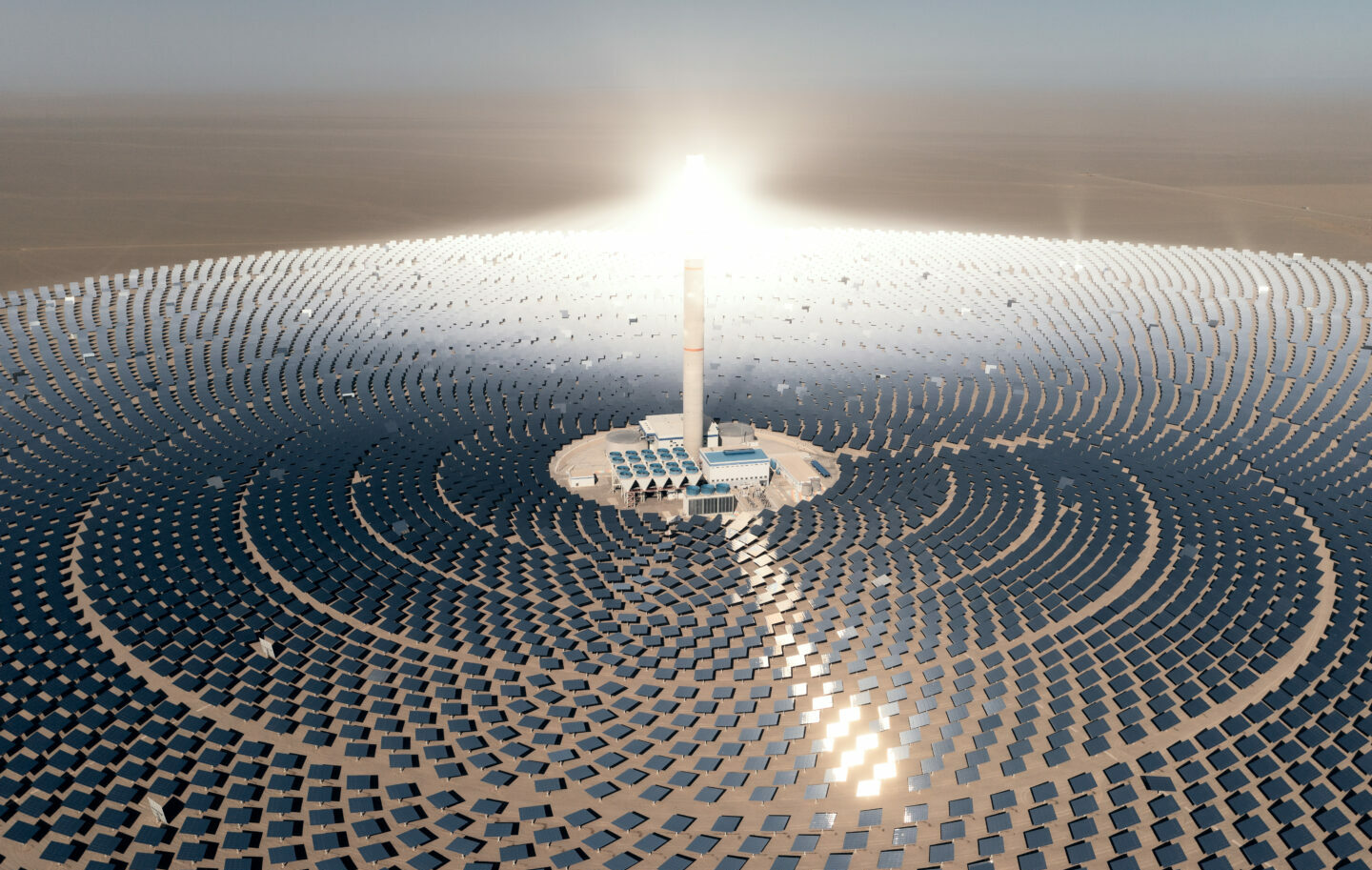Concentrated Solar Power (CSP) could play an important role in the global transition to clean generation of electricity and heat, using its flexibility to complement the variable generation from solar photovoltaic plants and wind farms. Since CSP transforms sunlight into high-temperature heat before generating electricity, CSP plants can easily store that heat and use it when it is most needed, independently of the time of the day. “CSP is therefore one of only a few technologies that can reliably supply green electricity at night,” explains Pau Farrés, Cleantech Analyst.
CSP has very high potential along the so-called Sun Belt (a large swath of the planet that runs about 40 degrees north and south of the equator), which has high levels of direct solar irradiation and includes regions such as the Middle East, North Africa, South Africa, India, the US Southwest, Mexico, Chile, Western China, Australia, Turkey, and southern Europe. According to IRENA, the technical potential of electricity generation from CSP plants in some of these regions is many times higher than their electricity demand, resulting in opportunities for electricity export through high-voltage lines. Furthermore, the IEA projects that CSP may provide about 2% of global electricity generation in 2050, making it the third largest dispatchable renewable energy source after hydropower (12%) and bioenergy (5%).
However, CSP technology still faces significant challenges, including higher electricity production costs than solar photovoltaics, difficulties in accessing low-cost financing, and the fact that CSP plants only become competitive at large plant sizes, all of which can slow down adoption rates.
Learn more about concentrated solar power, its potential, and the challenges it faces below!
Future Cleantech Architects has joined Handelsblatt, the largest and most-cited business and financial newspaper in the German language, to shed light on the most intensively debated cleantech innovations of the moment. Stay tuned for new releases!
Read the complete article (in German) here.

